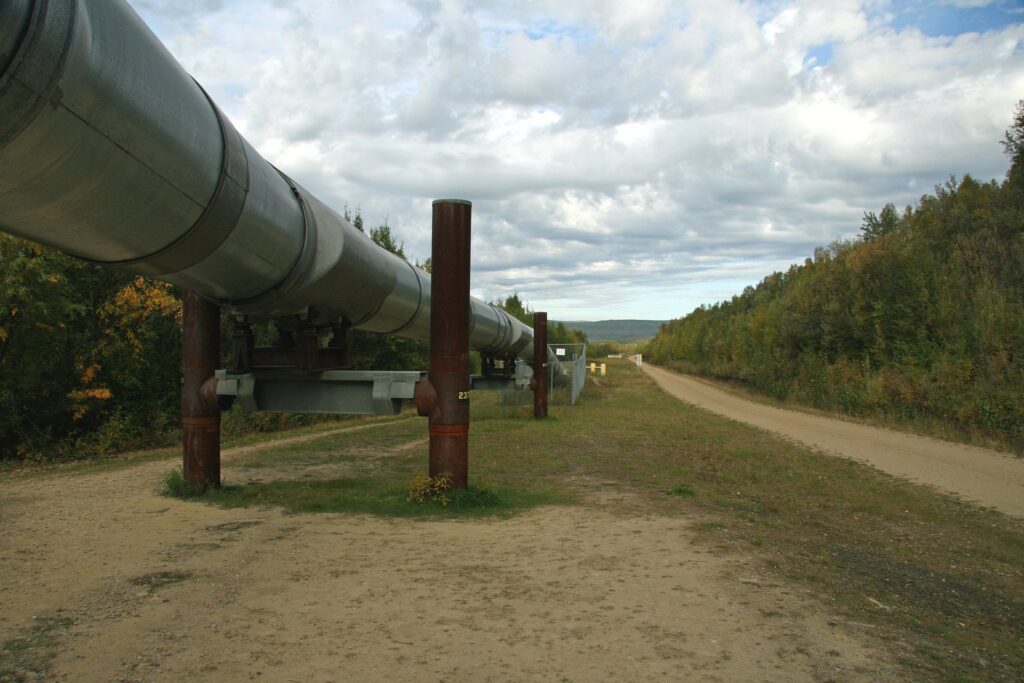For the better half of the past two years, oil and gas industry investment got most of the attention and the industry has focused on its performance during Covid. Oil prices bottomed out in April 2020, and for a short period, were trading at negative numbers. Yet demand for oil and gas never truly wavered. People were driving less, but in turn, were spending more time at home—creating an uptick in demand for home heating oil and gas. By 2021, any pandemic-induced loss of demand had substantially recovered.
Today, general sentiment among industry experts is that the oil and gas industry will remain a bull market well into 2023 and beyond, the reasons for which we will discuss below. For those looking to diversify their investment portfolios, this could make 2023 an ideal time to consider investing in oil and gas.
The Growing Supply / Demand Imbalance
Most energy experts seem to agree that oil and gas will remain in a bull market for years to come. This is largely driven by a supply-demand imbalance that continues to persist.
For those less familiar with energy markets, here’s what you need to know about the supply and demand sides of the oil and gas industries.
OIL AND GAS SUPPLY
The primary drivers of the world’s oil and gas supply can be broken down into three categories:
1. U.S. Shale – while U.S. shale growing by almost 11.6 million barrels per day, it is no longer keeping pace with demand growth, which necessitates the production of closer to 13 million barrels per day.
The reason for this is that the old shale model is based on being able to access the debt and equity markets which allowed suppliers to outspend their cash flow every year. For example, a supplier that brought in $1 billion in cash flow might spend $1.5 billion on its infrastructure and production capacity given the cheap debt available to them. Today, the debt markets are much more stringent with lenders increasingly focused on ESG investing and achieving their own net-zero benchmarks.
Meanwhile, production is constrained by shale equity investors who question the necessity to continue growing amid depressed share prices. They want shale companies to keep production flat while maximizing free cash flow (cash flow that can then be returned to investors in the form of dividends and share buy-backs).
Lastly, the nation’s best shale acreage is already almost fully developed. In order for shale companies to continue drilling, they must move to Tier 2 and Tier 3 assets that yield less oil. This will effectively limit shale production in the years to come. Those who own assets in the more productive Tier 1 areas will likely hold off on subsequent drilling while the overall lack of supply boosts the value of those assets.
2. OPEC – OPEC, as a group, has had to deal with insufficient oil prices for the past six or seven years, in some cases, well below the fiscal break-even point. OPEC members have been pressured to divest, increase their borrowing, etc. At the same time, they have not been given the latitude to invest in new productive capacity. Some countries are now underproducing their quota, forsaking billions of dollars in the process.
Therefore, while OPEC countries do have a spare capacity of about two or three million barrels per day (in the context of a 100 million barrel per day market), in practice, they are bringing in much less than that capacity which will continue to hinder global supply.
3. Global “Super Majors” – these are major oil and gas companies, most of which are based in Europe. The Global Super Majors include Shell and BP, among others. These companies have been insufficiently investing in production since 2014 when oil prices crashed and today, face pressure from shareholders who want them to simultaneously increase dividends, do buybacks, and reach net-zero by 2050. As a result, they are not investing in new oil production. They are instead investing in renewables like offshore wind.
OIL AND GAS DEMAND
There has been a lot of debate as to when the world will reach “peak oil” demand. This is an important conversation to have because while most discuss this topic with good intentions, it results in what experts have dubbed “energy ignorance” – which is essentially (a) the lack of knowledge of how oil is used; (b) what are the alternatives to oil; and (c) what is a reasonable, rational timeline for those alternatives to displace oil consumption.
Many people, for example, assume that the primary driver of oil demand is gasoline needed to fuel our cars. As more companies move to hybrid and all-electric vehicles, someone might reasonably expect demand for oil to plummet.
Yet, when you delve into how exactly oil is used, you will find that approximately 60% of oil is used for transportation and the remaining 40% is not. Of the 60% used for transportation, only about 27% of demand is for cars – not an insignificant number, but a number worth putting in context. As further context: globally last year, there were approximately 6.5 million electric vehicles sold. There are approximately 1.2 to 1.3 billion internal combustion engine cars still on the roads to displace. Even as the share of EV cars continues to increase, energy experts believe that it will take at least two decades to reach the tipping point where it will truly erode incremental oil demand from cars. It will likely take until at least 2040 for another alternative, hydrogen for heavy hauling trucks, to become more pervasive. Renewable jet fuel is expected to lag even further behind.
The remaining 40% of oil demand comes from things like petrochemicals, lubricants, plastics, cement, and agriculture. The primary driver of this 40% is population growth. Despite best efforts to reach net-zero by 2050, the global population is expected to grow by 32% between now and then – an increase that will keep demand for oil at all-time highs.
Taken together, the supply and demand drivers outlined above indicate that the era of oil and gas hypergrowth is nearing its end. The world is on the verge of entering an oil supply crisis. By some projections, oil prices will need to go high enough (at least $150+ per barrel, an all-time high) to limit discretionary demand, something industry experts feel is still several years into the future.
How Oil and Gas Historically Performs during Periods of Inflation
The historical relationship between inflation and natural resources investments is often referred to as “complicated” by those who study this connection carefully. If today’s inflationary environment resembles that experienced in the 1970s (when oil prices rallied by a staggering 361%) or during the bull market that lasted from 1999 to 2008 (when oil stocks surged 341%), then this may bode well for oil and gas investors.
In short, when commodity prices fell relative to the broader market, natural resources have historically outperformed.
Historical data supports this. As the U.S. dollar weakens – which it does during inflationary periods – oil prices tend to increase. Likewise, a cyclical decline in the dollar tends to favor oil investments.
Global Turmoil Historically Increases Attractiveness of Oil and Gas Investments
Geopolitical instability in places like Libya and Kazakhstan was already causing oil prices to rise as we headed into 2022. Industry experts assumed this would lead oil prices to upwards of $80 per barrel (with some offering up to $100 per barrel as an expectation by year-end).
Fast forward to March 2022. The Russian invasion of Ukraine has sent global markets into a state of disarray. The U.S. stock market has plummeted, with the DJIA losing hundreds of points per day. This economic instability may bode well for the oil and gas industry. As of March 4, 2022, the price of crude oil had shot up over $115 per barrel, well beyond analysts’ best projections for the year.
The energy crisis is only expected to worsen in the weeks and months to come. For example, the price of natural gas in Europe has more than doubled this past week alone.
To some extent, there is a stigma associated with investing in oil and gas. Just as the Super Majors are being pressured to invest in alternative energy, so too are big-time investors looking to diversify their portfolios. However, the fact remains that oil and gas has the potential to continue to be in high demand for the foreseeable future. Any ongoing supply-demand imbalance could favor investors in the event of corporate dividends and share buy-back programs. If done thoughtfully, oil and gas has the potential to be a tremendous addition to any individual’s portfolio, especially among those looking to mitigate risk by investing in assets that have a low historical correlation with more traditional stocks, bonds and equities. What’s more, these investments have the potential to be highly lucrative.
Contact Perch Wealth to discover opportunities for investing in America’s energy real estate sector.





